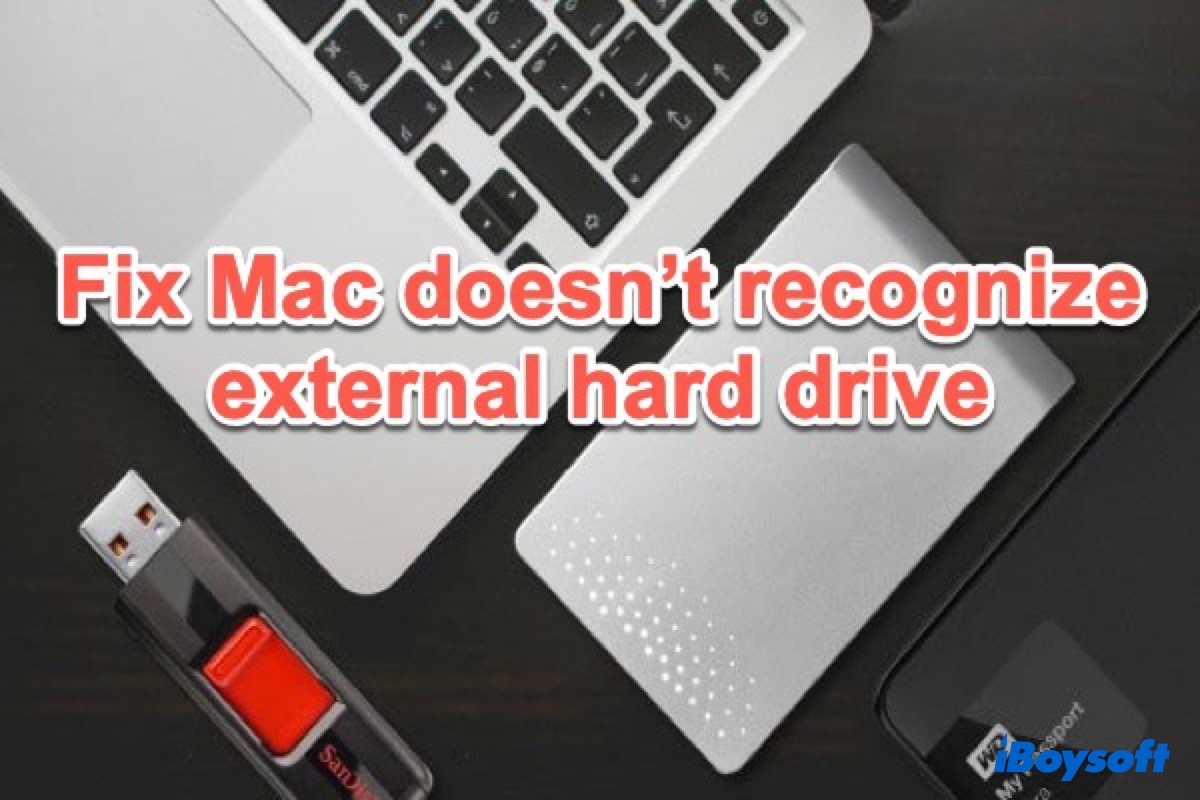


- BACKUP HARD DRIVES FOR MAC FULL
- BACKUP HARD DRIVES FOR MAC SOFTWARE
- BACKUP HARD DRIVES FOR MAC PASSWORD
- BACKUP HARD DRIVES FOR MAC PLUS
- BACKUP HARD DRIVES FOR MAC MAC
BACKUP HARD DRIVES FOR MAC PLUS
BACKUP HARD DRIVES FOR MAC PASSWORD
To make changes to the list of apps that have the permission, click on the lock symbol in the bottom left corner of the window and enter your password when prompted.

BACKUP HARD DRIVES FOR MAC FULL
BACKUP HARD DRIVES FOR MAC SOFTWARE
This is not a software bug - it occurs due to additional System Integrity Protection security measures that Apple introduced in the newer versions of the operating system. If you’re running MacOS Mojave or Catalina, you might come across the “Operation not permitted” error when entering a Terminal command.

Try using another Mac or Windows device - if it only works on a PC, it’s likely that your hardware is not formatted to be launched on a MacOS device. If you find that no matter what type of cable you use, the hard drive is still not showing up, the problem might be in your Mac’s hardware. Don’t forget to have your Mac connected to the charger. You could also use an external power source or even a self-powered USB hub - adding its power to the power of your Mac might resolve the issue. Check that your USB cable is delivering enough power to the hard drive and, if need be, swap to a more powerful connector or to a different USB port on your Mac. However, if your hard drive needs a stronger power output, it may work slower than expected or not connect at all. Normally, a device requires up to 500 mA, which can be provided by a standard USB 1.0 or 2.0. Some hard drives require more power supply than others, different types and brands of cables provide more or less energy. Then go to Sidebar and check Hard disks and External disks there as well. Make sure you tick the boxes next to External disks and Hard disks. Follow Preferences → General → Show these items on the desktop. To fix that, go to Finder and click on the Finder button in the menu bar at the top of the screen. Your settings might not be set to display external hard drives on your desktop. However, you could still check your preferences - just in case. If this is not the first time you’re using an external hard drive and experiencing such a problem, it is not likely to be an issue for you. Whatever happens, there are always ways to deal with it. But what if it’s not there? There can be many reasons for a Mac not reading a hard drive - poor connection, faulty cable or, in the worst-case scenario, corrupt hard drive data. When you plug in a hard drive into your Mac, you expect it to pop up in Locations in Finder - next to your remote disk and the computer itself. Your external drive not showing up on Mac? Here’s what to do We outline a range of straightforward solutions to an external hard drive not showing up on Mac in the following sections. However, if you're eager to fix this bug yourself, keep reading. Just tell them about your problem and receive quick and effective help with almost any possible tech issue. But there’s no need to panic! Just ask for help from a real pro, and they are easy to find!ĭownload MacKeeper and access your personal tech expert, available 24/7. Fixing a problem with an external hard drive can be really hard for non tech-savvy users.


 0 kommentar(er)
0 kommentar(er)
